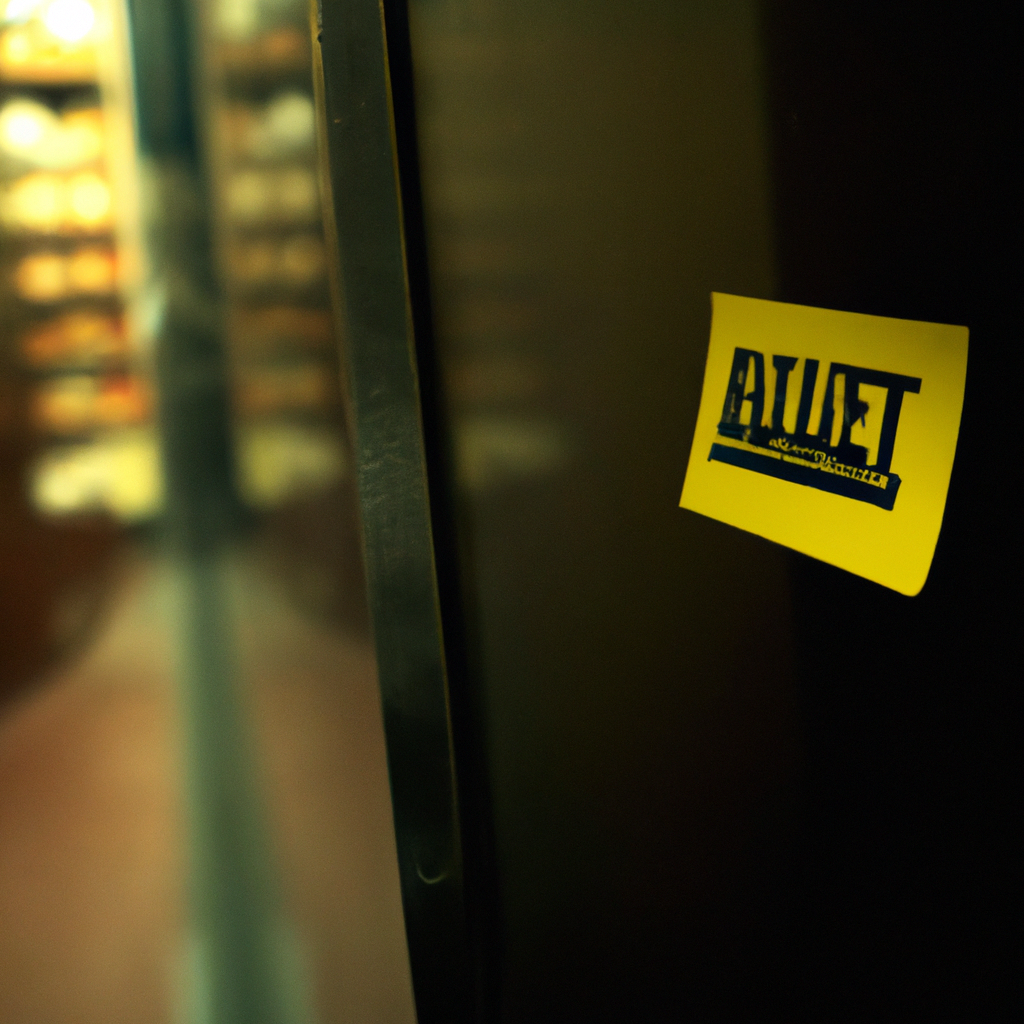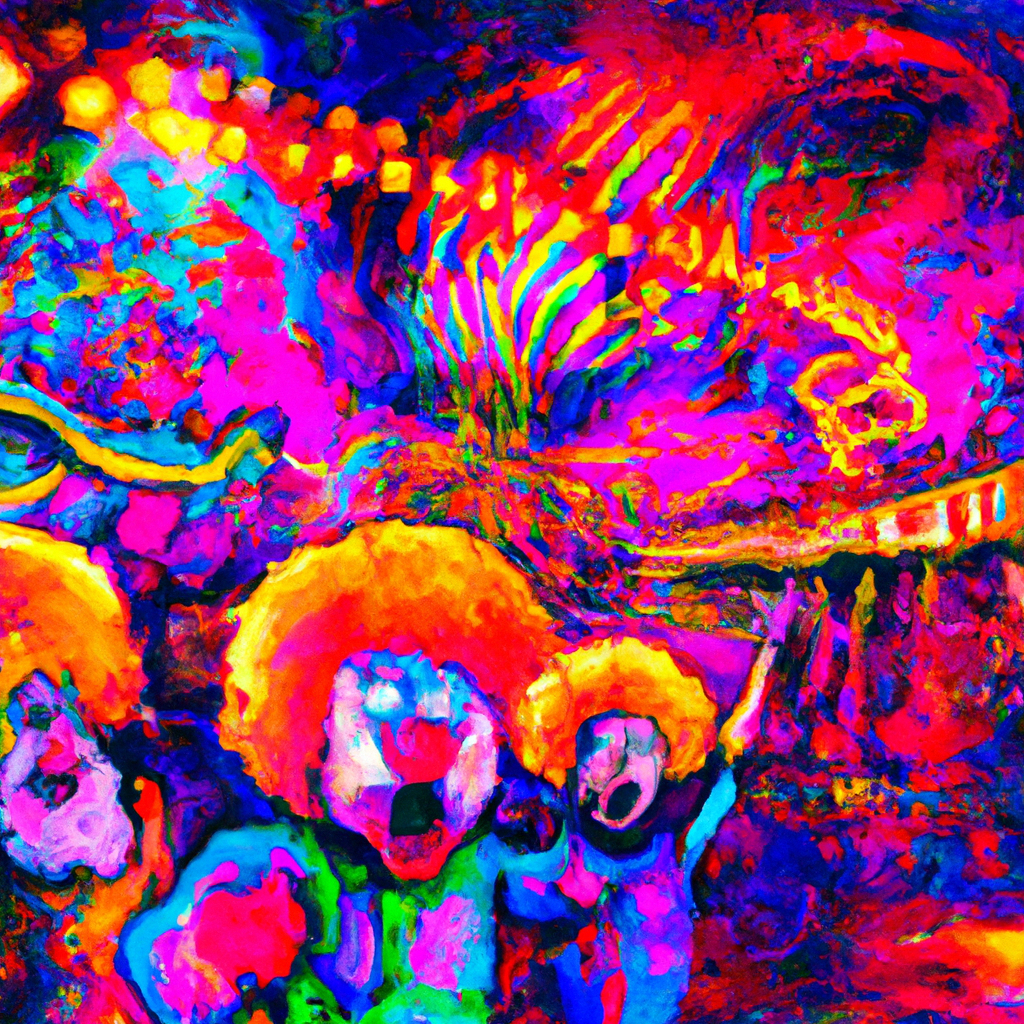It was a typical British afternoon, with an overcast sky casting a dim light on the bustling aisles of Waitrose. Amongst the usual hum of trolleys and the rustle of shopping bags, one shopper found themselves pausing in confusion and a hint of trepidation. A yellow-stickered item, usually a beacon of bargain bliss, had them hesitating. The tag was tempting, yet something was amiss. It was the kind of anomaly that pricks the senses of a seasoned journalist, hinting at a deeper narrative lurking beneath the surface.
The Case Introduction
Yellow stickers, synonymous with discounts, are a supermarket staple, promising savings and surprise finds. However, for one particular Waitrose shopper, the sight of a yellow sticker on a peculiar item was more perplexing than pleasing. This incident, seemingly minor, hints at a larger tale woven with threads of consumer psychology, retail strategies, and perhaps, a subtle socio-economic commentary.
The Evidence
Waitrose, a brand known for its premium offerings, is not typically associated with the discount culture that its yellow stickers represent. This particular sticker, placed on an unusual item that left the shopper in doubt, raises questions. Is this a strategic move to shift less popular stock, or is it merely an oversight?
Examining financial manoeuvres within the retail sector, we find that discounting is a nuanced tool. According to Financial Times, supermarkets use such tactics to manage inventory and spur foot traffic. Yet, why would a premium retailer like Waitrose engage in this practice? Perhaps, it is a response to the tightening belts of the UK middle class, a demographic feeling the squeeze of broader economic pressures.
The Pattern
This seemingly innocuous event reflects a larger pattern within the retail industry. The juxtaposition of luxury and thrift speaks to evolving consumer expectations and the shifting landscape of retail. In a world where even high-end retailers must adapt, the yellow sticker is not just a price tag, but a symbol of changing times.
Historically, the retail sector has seen similar shifts. Recall the post-war era’s democratization of luxury goods, a time when opulence became accessible, reshaping consumer habits. Today, economic uncertainty forces retailers to straddle the line between exclusivity and affordability, echoing that transformative period.
Why It Matters
The implications extend beyond the aisles of Waitrose. This scenario underscores the broader economic tensions and the precarious balance consumers face between desire and necessity. It questions the sustainability of luxury brands in a frugal economy and highlights the intricate dance of market forces.
As consumers, we are left pondering: are we complicit in driving these shifts, or are we merely pawns in a larger game orchestrated by retail giants? The answer may shape not just our shopping habits, but our understanding of value in a world where the lines between necessity and luxury blur.
Sources
- Reuters on Retail Discounting
- Financial Times on Supermarket Strategies
- UK Government Statistics on Economic Pressures
Salt Angel Blue Verdict: Misleading �The sticker’s promise of value belies a complex retail strategy responding to economic pressures.





